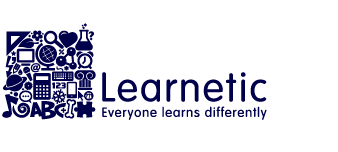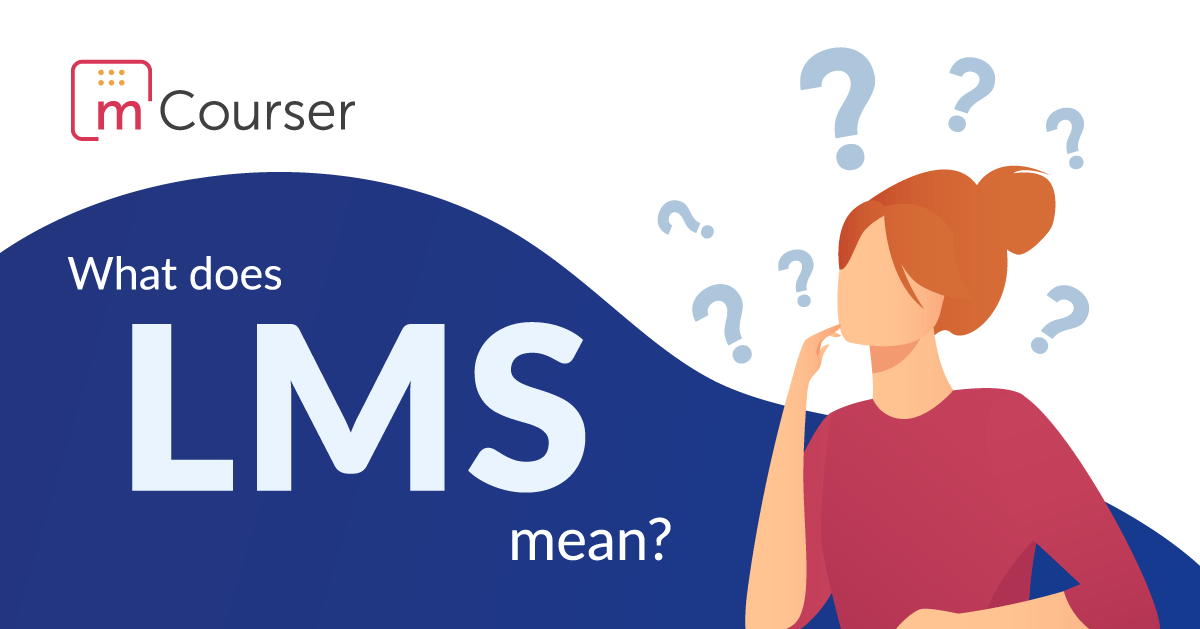Modern K-12 education: what does LMS mean?
What does LMS mean for educational publishers, digital disruptors and modern teachers? If you’re one, you must have heard about LMS. Probably in phrases like “best LMS for schools”, “LMS eLearning” or even “LMS Adaptive Learning”. But acronyms are rarely self-explanatory… So what does LMS stand for?
Really, what does LMS mean, and why does it have such an incredible influence on K-12 education? To fully understand it, we first need to take a look at the two contrasting learning modes.
The first one is obviously our favorite: digital teaching – or, from the student’s point of view, virtual learning. We’ve been observing increasing interest in the model of an online primary school. The benefits seem clear: digital learning is accessible, convenient, fun, and – if done right – beautifully organized.
The second one is a complete opposition: the traditional, stationary learning. For most of us, it’s all we’ve known. Wasn’t it exciting to smell freshly printed textbooks and write first lines on clear notebook pages? What was much less exciting though, was carrying them every day and getting hand cramps from writing everything down…
However, there is one thing that impressively improves all modes of K-12 education (yes, stationary as well!) – and that’s how we come back to our main question: what does LMS mean?
LMS stands for Learning Management System. To put it simply, LMS is an online education platform and incredible support for all modes of learning. It can be the best platform for online teaching or the essence of school software used in the classroom. Let’s look at the modes of education again to illustrate the advantages of LMS in each of them.
What does LMS mean for eLearning?
For digital education, LMS is a complete learning environment. It means that the best LMS for schools has all the components that make education comprehensive and effective. Teachers can conduct virtual classes, assign interactive tasks in real time and perform objective (cheating-proof!) assessments. All progress is recorded and automatically placed in the class register.
Moreover, LMS is also the key to one of the most amazing inventions of modern education: adaptive learning. It’s exactly what it sounds like: a flexible path of learning that adjusts itself automatically to the individual needs of a student. It’s the thing most of us desperately needed in our traditional classrooms. For the students who need more time or hints to understand and solve a problem, getting intelligent reviews and automatically customized paths is a blessing! Regardless if the need for more support is present along the whole subject or just in particular topics, the adaptive learning path is always there to help the student do their best.
Really, the advantages of LMS for K12 are countless; that’s why in this article we’ll focus more on what LMS means for stationary education. You might be surprised!
What does LMS mean for stationary education?
If there are so many advantages of LMS in virtual learning, what are the benefits of using online education platforms in the classroom? Actually, It can be quite surprising to learn what does LMS mean for school software in stationary education!
BYOD
To start with, working in the classroom can be based on BYOD (Bring Your Own Device). In that case, students use the online education platform in the classroom, on their own devices. Just like in the virtual learning mode, but with benefits of face-to-face contact. Teachers conduct the classes live, preferably with eContent on interactive whiteboards. Then the students do their interactive activities in real time as well as complete their assessments, be it a quiz or a complex test. The teachers monitor the progress at their convenience, with detailed reports and grades automatically recorded in the class registry. It’s similar to traditional education – our old school textbooks and notebooks are just transformed into laptops, tablets and smartphones.
However, not every school has the willingness, funds or even know-how needed to use BYOD in the classroom. What happens then? Can traditional, stationary education benefit from an online education platform?
Revolution in the classroom
The answer is yes, definitely! Even though the reasons might not come to mind at once, it becomes clear when we take a closer look.
Firstly, presenting, explaining or reviewing subjects from the K12 curriculum is incredibly easier (and more fun!) with interactive eContent. There are countless resources to choose from, and the best are filled with engaging multimedia. A good example of these would be our interactive curriculum for k12 science, interactive programs for special needs in education & development and more. These eContent packages not only fascinate, activate and engage students, but also develop digital literacy in education- so important in this day and age.
And last but not least, the duty no one can escape: homework, assignments, assessments. It’s different when they’re all in the same place, with clear instructions and deadlines. The students can’t lose them or forget the details. And the teachers won’t ever have to spend their evenings grading tasks – they all can be graded automatically, with full reports on the progress.
It’s extraordinary that these above mentioned points are only selected benefits of using LMS tools in K12 education. For your convenience, we put these main points together in a short list below.
To sum up, the best LMS for schools…
1. … allows students to:
- learn through fun with interactive activities
- complete and hand over assignments that so often got eaten by the dog
- get their results in real time and feel their efforts are really paying off!
2. … allows teachers to:
- conduct interactive classes with real-time interactive activities, polls and all kinds of tasks for individual students, pairs and groups
- create and assign homework and assessments
- base or supplement their classes with various sets of interactive eContent packages
3. … allows parents to:
- get valuable insight into their children’s progress, to know when to gratulate or give more support
- read information from tutors and get in touch with them
… and many, many more. See it for yourself!





